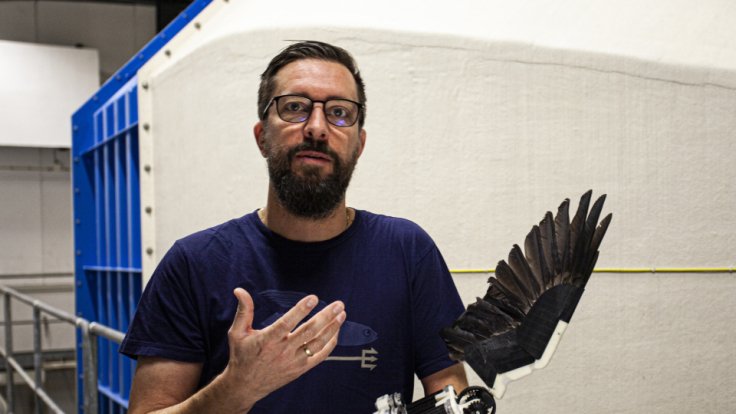Recent research out of Lund University in Sweden has found that birds fly more efficiently by folding their wings during the upstroke, which could lead to the development of flapping drones. Wing-folding might be an efficient way to increase the propulsive and aerodynamic efficiency of flapping drones.
Birds as Drone Inspiration
Birds are the largest and most efficient flying animals that exist in today’s world, making them serve as inspiration for drone development. With that said, experts must carry out aerodynamic studies of the various ways birds fly their wings to determine the best flapping strategy.
The research team took this information and set out to construct a robotic wing that can flap like a bird.
Christoffer Johansson is a biology researcher at Lund University.
“We have built a robot wing that can flap more like a bird than previous robots, but also flap in a way that birds cannot do,” Johansson says. “By measuring the performance of the wing in our wind tunnel, we have studied how different ways of achieving the wing upstroke affect and energy in flight.”
Previous studies have demonstrated that birds flap their wings more horizontally when flying slowly, and the new study details why this might be the case. According to the research, birds probably do this, despite it requiring more energy, because it is easier to create sufficiently large forces to lift and propel themselves. Drones could do the same to increase the range of speeds they can fly at.
“The new robotic wing can be used to answer questions about bird flight that would be impossible simply by observing flying birds,” Johansson continues. “Research into the flight ability of living birds is limited to the flapping movement that the bird actually uses.”
Possible Applications
The research details why birds fly their wings in the way they do, and it does this by discovering which movement patters are most efficient and create the most force. The results could be applied to other areas in order to better understand the migration of birds and how it is affected by climate change and food access.
Other potential uses for drones where these results could be applied include, for example, the use of drones to deliver goods.
“Flapping drones could be used for deliveries, but they would need to be efficient enough and able to lift the extra weight this entails,” Johansson says. “How the winds move is of great importance for performance, so this is where our research could come in handy.”
Credit: Source link




















